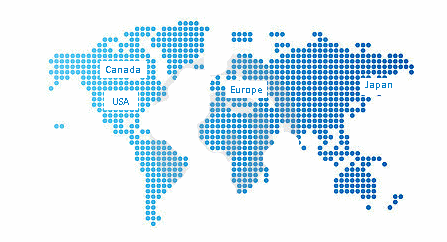Skis
If you have hired skis for many years and have finally decided to buy your own it can seem a rather overwhelming task. There are so many different type of skis to choose from, so where do you start?
Below we have included a buying guide to help advise you through the process of buying your own skis. A good starting point is to establish what type of skier you are and what type of skiing you will be doing. This will ensure that the skis you buy are exactly what you need.
Skis
 Freedom 90 13/14 Skis
Freedom 90 13/14 Skis
This new ski from legendary Italian touring ski-maker Ski Trab offers the ideal mix of uphill ease with downhill performance. A light wood core keeps the weight down, denser wood stringers improve the...
£430.00
 Freedom 90 13/14 Skis
Freedom 90 13/14 Skis
This new ski from legendary Italian touring ski-maker Ski Trab offers the ideal mix of uphill ease with downhill performance. A light wood core keeps the weight down, denser wood stringers improve the...
£430.00

This new ski from legendary Italian touring ski-maker Ski Trab offers the ideal mix of uphill ease with downhill performance. A light wood core keeps the weight down, denser wood stringers improve the...
£430.00

This new ski from legendary Italian touring ski-maker Ski Trab offers the ideal mix of uphill ease with downhill performance. A light wood core keeps the weight down, denser wood stringers improve the...
£430.00
There simply isn't a brand of ski that will work for everyone. Nor is there a ski that will work for all levels of skier. So a good place to start is to establish what your skiing level is.
Establish your ski level
This is important as you want to pick a ski that you are comfortable with now but that also allows you to improve. There are six different levels of skier that you can be classified as-beginner, advanced beginner,intermediate,advanced intermediate, advanced and expert. The key as we have said is to choose a ski that will allow you to improve with it but don't buy a ski that is significantly better than you ie you are intermediate and happiest skiing blue runs and you select skis for an expert. Skis for expert skiers will work best when you ski them at speed and weight, if you cannot do this you wont be able to control them.
What type of skiing will you be doing?
There are a number of different categories here. All mountain skis as the name suggests are designed to work in all types of snow conditions. You can get narrow and wide style skis within this group, wider style skis perform better in powder. If you are going to always be skiing in powder then opt for powder skis, the extra wide waist widths stop the skis from sinking into fresh snow. Twin tip skis have a curved up tail and a curved up tip and are favoured by freestyle skiers. And finally race skis which as the name suggests are for racing, they tend to be stiffer, narrower and longer than the average ski.
Turning radius
If you like quick snappy turns then you will need a turning radius in the 12-16m range. For big wide turns then look for a turning radius of 16-22m. If the skis don't give this information then check the difference between the waist of a ski and its tip and tail, the bigger the difference the tighter the turning radius will be.
Integrated/non integrated bindings
We would recommend that unless you are an experienced racer or freestyle skier you should choose skis with integrated bindings, or you may see them referred to as system skis. Essentially the bindings are built into the skis themselves.
Ski length
A general rule is that a ski should reach up to the chin of a beginner, the nose for intermediates and the forehead for advanced skiers. Although there will be exceptions to this. The majority of skis for men fall in the 165-185cm size range, for women most fall into the 140-160cm range. If you like to ski fast with wide turns then go longer, for slower skiing, with smaller turns, go shorter.

 France
France Andorra
Andorra Czech Republic
Czech Republic New Zealand
New Zealand Sweden
Sweden Austria
Austria Bulgaria
Bulgaria Finland
Finland Norway
Norway Switzerland
Switzerland Italy
Italy Canada
Canada Japan
Japan Spain
Spain USA
USA







